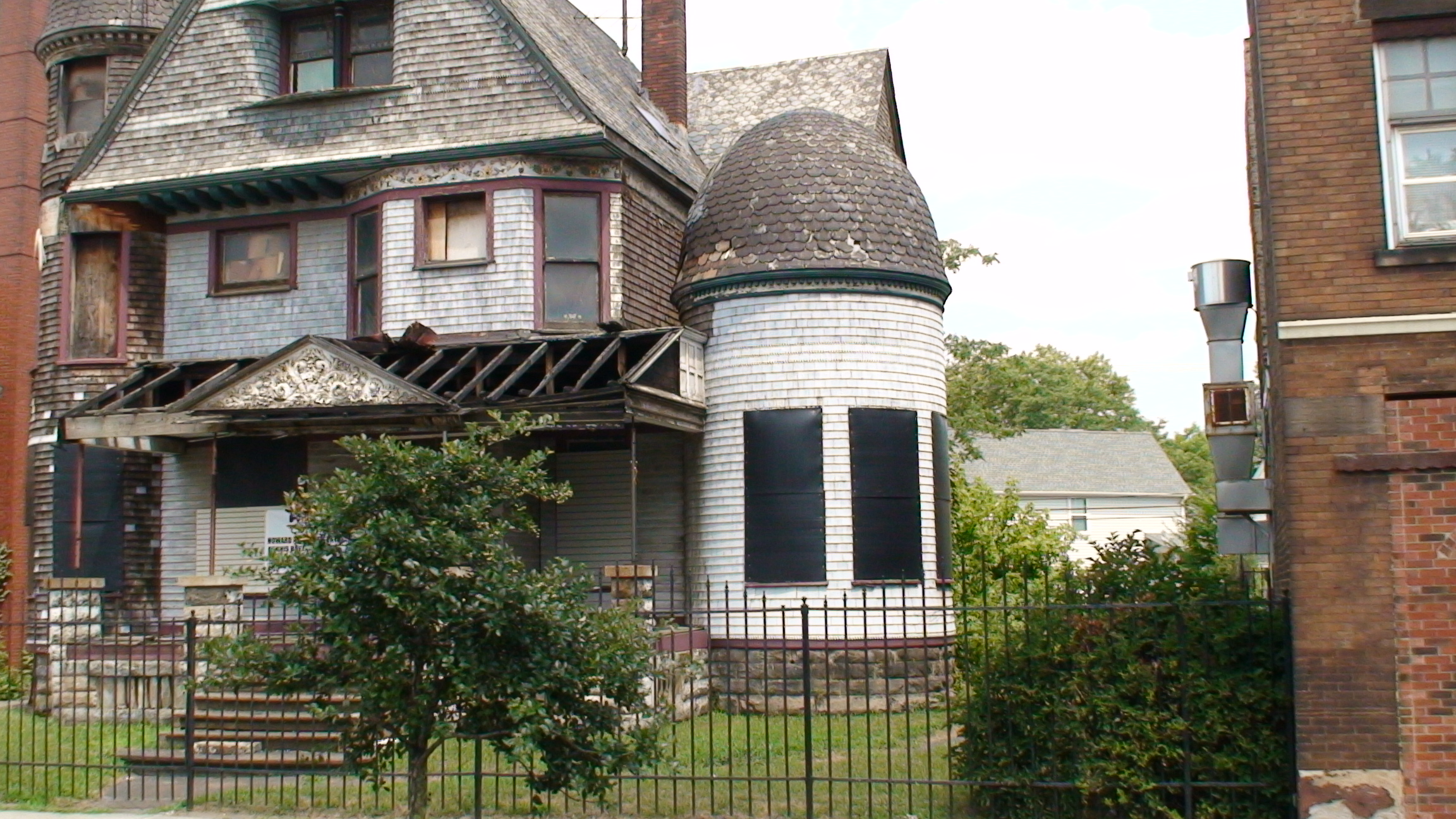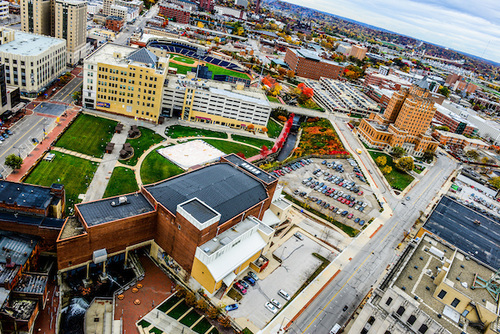By Lindsey Gardiner, GOPC Manager of Government Affairs
The following grid is designed to provide you with insight into the likelihood of passage of the legislation we are monitoring. Please note that due to the fluid nature of the legislative process, the color coding of bills is subject to change at any time. GOPC will be regularly updating the legislative update the last Thursday of every month and when major developments arise. If you have any concerns about a particular bill, please let us know.

Updates on Key Bills:
 HB 182 UPDATE: HB 182 continues to move smoothly through the legislative process. On February 10th, the bill, which proposes to allow local governments to establish Joint Economic Development Districts (JEDDS) for development purposes, unanimously passed out of the House. Since then the bill has been introduced in the Senate and referred to the Senate Ways and Means Committee where it will receive final review. GOPC expects members within the Senate will aptly receive the bill.
HB 182 UPDATE: HB 182 continues to move smoothly through the legislative process. On February 10th, the bill, which proposes to allow local governments to establish Joint Economic Development Districts (JEDDS) for development purposes, unanimously passed out of the House. Since then the bill has been introduced in the Senate and referred to the Senate Ways and Means Committee where it will receive final review. GOPC expects members within the Senate will aptly receive the bill.
 HB 233 UPDATE: Since our last report, HB 233 received its customary third hearing within the Senate Ways and Means Committee. The bill, which proposes to authorize municipal corporations to create downtown redevelopment districts (DRDs) and innovation districts for the purposes of promoting the rehabilitation of historic buildings and encourage economic development, had several witnesses attend committee to offer support earlier this month. Proponents of HB 233 included Chillicothe Mayor Luke Feeney, the Ohio Municipal League, Heritage Ohio, the Springfield Port Authority, and Greater Ohio Policy Center. GOPC suspects HB 233 will receive a fourth and final hearing before being sent to the Senate Floor for third consideration.
HB 233 UPDATE: Since our last report, HB 233 received its customary third hearing within the Senate Ways and Means Committee. The bill, which proposes to authorize municipal corporations to create downtown redevelopment districts (DRDs) and innovation districts for the purposes of promoting the rehabilitation of historic buildings and encourage economic development, had several witnesses attend committee to offer support earlier this month. Proponents of HB 233 included Chillicothe Mayor Luke Feeney, the Ohio Municipal League, Heritage Ohio, the Springfield Port Authority, and Greater Ohio Policy Center. GOPC suspects HB 233 will receive a fourth and final hearing before being sent to the Senate Floor for third consideration.
 SJR3 UPDATE: Senate Joint Resolution 3, which is one of numerous efforts geared towards addressing Ohio’s “clean water” issue, received its very first hearing on February 10th in the Senate Finance Committee. The bill’s sponsor, Senator Joe Schiavoni (D-Boardman) offered testimony asking the committee to consider his plan to expand sewer and water improvements for municipalities, counties, townships, and other government entities. During the hearing Senator Randy Gardner (R-Bowling Green), who is also Chair of the Lake Erie Caucus, told Senator Schiavoni that he agrees that the state needs to tackle this issue and that SJR3 could be part of the strategy.
SJR3 UPDATE: Senate Joint Resolution 3, which is one of numerous efforts geared towards addressing Ohio’s “clean water” issue, received its very first hearing on February 10th in the Senate Finance Committee. The bill’s sponsor, Senator Joe Schiavoni (D-Boardman) offered testimony asking the committee to consider his plan to expand sewer and water improvements for municipalities, counties, townships, and other government entities. During the hearing Senator Randy Gardner (R-Bowling Green), who is also Chair of the Lake Erie Caucus, told Senator Schiavoni that he agrees that the state needs to tackle this issue and that SJR3 could be part of the strategy.
New Bills & Explanation of Bill Impact on Economic Development within Ohio:
HB 463 is sponsored by State Representative Johnathan Dever (R-Madeira). This bill proposes to establish expedited actions to foreclose mortgages on vacant residential properties. You may recall our coverage on another bill (HB 134), which offers similar reformative measures to the foreclosure process. HB 463 does indeed amend sections of the Ohio Revised Code akin to HB 134, but there are variances. HB 463 is distinctive in three ways: 1) proposes to allow judgement creditors the right to elect a public selling officer (county sheriff) or a private selling officer to sell the property; 2) orders the state to create and maintain a statewide sheriff’s website where auctions can be managed and conducted; 3) allows a person not in possession of an instrument the right to enforce the instrument if there is proof of entitlement.
Representative Dever’s approach to remedy the issues that exist within the current mortgage foreclosure process pushes the foreclosure process to become more modernized via the creation of an online website. GOPC is continuing to review the potential consequences of the bill, , but we are fully supportive of the principle and overall objective of expediting mortgage foreclosure on vacant and abandoned properties.
For more details and information on legislation that GOPC is tracking, please visit our Previous Legislative Updates.








